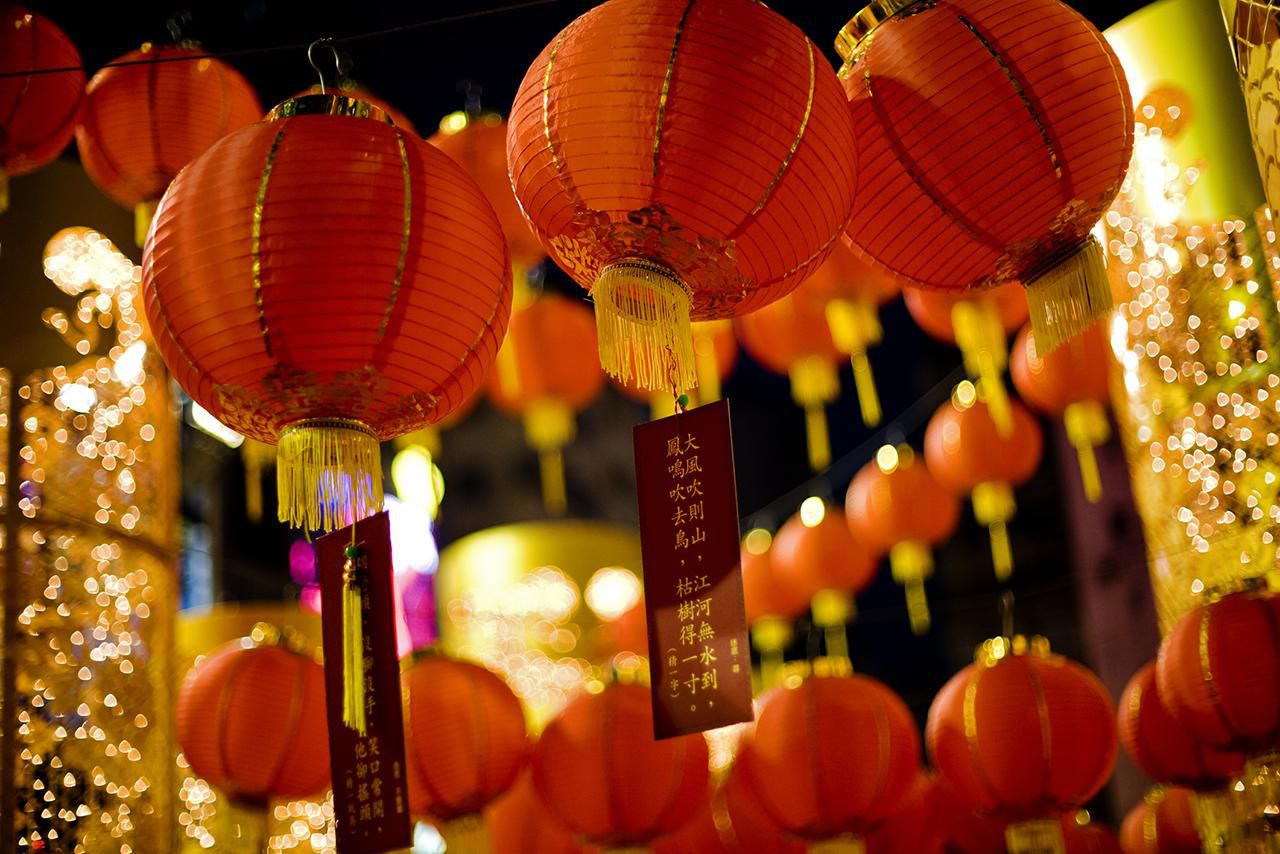Traditional Chinese Festivals: History, Traditions, and Celebrations
Table of Contents
- 1. The Spring Festival
- 2. The Lantern Festival
- 3. The Tomb Sweeping Festival (Qingming Festival)
- 4. The Dragon Boat Festival
- 5. The Double Seventh Festival
- 6. The Ghost Festival
- 7. The Mid-Autumn Festival
- 8. The Double Ninth Festival
- 9. The Winter Solstice
China, a large country with 1.3 billion people boasts a 5,000-year history and glorious culture. Thus the Chinese festivals are old and numerous, embodying Chinese culture and greatly enriching people's lives. The Chinese observe a wide variety of traditional festivals based on the lunar calendar, which was set by a lunar cycle - dates following the regular appearance of the full moon.
Almost every traditional festival has its own unique origins and customs which reflect the traditional practices and morality of the whole Chinese nation and its people. All these festivals include common elements such as a desire for happiness and well-being, the warding off of misfortune, experiencing a connection between man and heaven, and family reunion. And, of course, festivals are an opportunity for celebration and relaxation, as well as for Chinese culture experience on your China tours.
The grandest and most celebrated traditional festivals in China are the Spring Festival, the Lantern Festival, the Tomb Sweeping Festival, the Dragon Boat Festival, the Double Seventh Festival, the Mid-Autumn Festival, the Double Ninth Festival, and the Winter Solstice.
The Spring Festival

The Lantern Festival
The Tomb Sweeping Festival (Qingming Festival)
The Dragon Boat Festival

The Double Seventh Festival
The Ghost Festival
Chinese Ghost Festival is also called Zhongyuan Jie, a traditional festival which falls on the 14th night and the 15th day of the 7th lunar month.
It roots in the Buddhist festival of Ullambana, and also some from the Taoist culture. The Buddhist origins of the festival can be traced back to a story that originally came from India, but later took on culturally Chinese overtones. The story, "Mu Lien Saves his Mother from Suffering in Hell", saying a man called Mu Lien that had magic power and saw her mother in the hell dropped into the mouth of hungry ghost and suffered. Mu Lien had no idea and asked the Buddha for help. The Buddha told him to save his mother 15th day of the 7th lunar month by placing sacrifices in Yu Lan Pen.
The Mid-Autumn Festival
The Mid-Autumn Festival falls on the 15th day of the 8th lunar month, usually in October in Gregorian calendar. People selected this day to celebrate because it is a season when crops and fruits are all ripe and weather pleasant. It is a day to worship the moon god. It is also the birthday of the earth god. The Chinese use this opportunity to express their gratitude to heaven and earth (represented by moon and earth respectively) for the blessing they have enjoyed. Round mooncakes are eaten on this day and are also symbolic of family unity. All family members or friends meet outside, putting food on tables and looking up at the sky while chatting leisurely.
The Double Ninth Festival
Also named Chong Yang Festival, falls on the ninth day of the ninth month of the Chinese lunar calendar, hence the name of Double Ninth Festival. The custom of ascending a height to avoid epidemics was passed down from long time ago. On this day, people will eat Double Ninth Gao (or Cake). In Chinese, gao (cake) has the same pronunciation with gao (height). People do so just to hope progress in everything they are engaged in. The festival is also a time when chrysanthemum blooms, so enjoying the flourishing chrysanthemum also becomes a key activity on this festival.
The Winter Solstice
As early as 2,500 years ago, China had determined the point of Winter Solstice by observing movements of the sun with a sundial. It is the earliest of the 24 seasonal division points. The Northern hemisphere on this day experiences the shortest daytime and longest nighttime. After the Winter Solstice, days will become longer and longer. As ancient Chinese think positive things will become stronger and stronger after this day, so it should be celebrated. People of the same surname or family clan gather at their ancestral temples to worship their ancestors in age order. After the sacrificial ceremony, there is always a grand banquet.

Today, the lifestyles of the Chinese people have changed, but the importance of traditional festivals in their lives has not faded. Besides the ethnic, geographic, historic, and linguistic ties that unite the Chinese, traditional festivals are one of the strongest bonds reinforcing the cultural identity of the Chinese.



